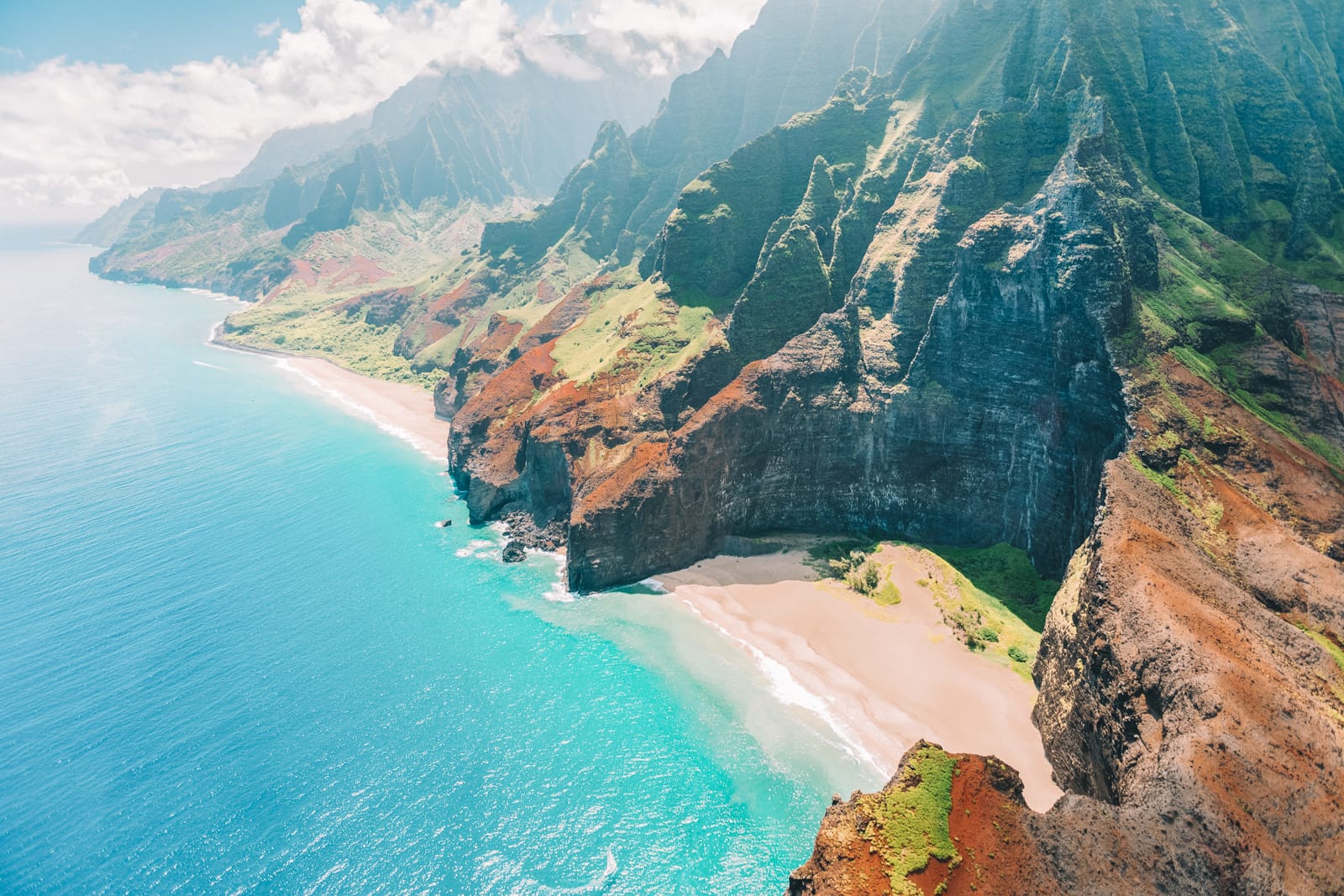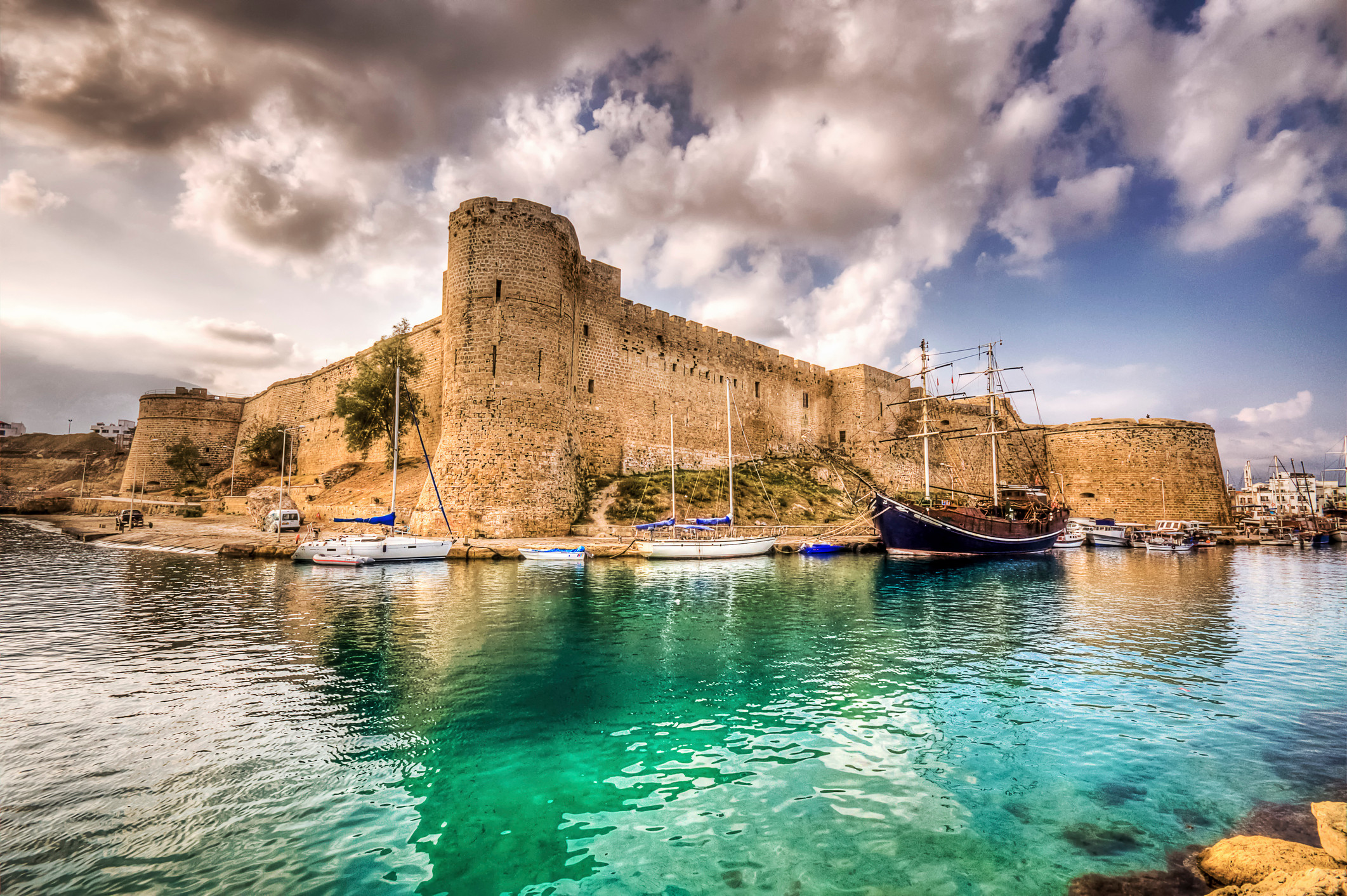As the main and well known main settlement spot of Christmas Island in Australia, Flying Fish Cove is simply referred to as ‘The Settlement’ in most maps. The settlement was established around 1888 by the British. About 1600 people live in Flying Fish Cove and the island houses a rather small harbor that provides visitors with yachts when touring Christmas Island. There is also an airfield in Flying Fish Cove and tourists and locals go diving at the beach. Ideally, this Indian Ocean Island is characterized by shallow bays comprising some coral shingle and sand beaches. Previously administered by the UK, the sovereignty of Christmas Island was transferred to Australia government in the year 1958. A significant proportion of the island including Flying Fish Cove has already been declared by the authorities as a national park. In the 1890s, the main activity undertaken here was the mining of phosphate.
 In 2001, the Australia Government had agreed for a space launching site to be created at Flying Fish Cove even though the project was never started as the government later withdrew from funding the project. The tropical climate at Flying Fish Cove is characterized by humidity and heat which is moderated by the trade winds. The landscape consists of cliffs and the majority of Flying Fish Cove is covered by rain forest. After mining activities ended, most of the areas are currently being rehabilitated. There are numerous rocky and sandy beaches that are scattered at the coastline and limestone cliffs separate these beaches.
In 2001, the Australia Government had agreed for a space launching site to be created at Flying Fish Cove even though the project was never started as the government later withdrew from funding the project. The tropical climate at Flying Fish Cove is characterized by humidity and heat which is moderated by the trade winds. The landscape consists of cliffs and the majority of Flying Fish Cove is covered by rain forest. After mining activities ended, most of the areas are currently being rehabilitated. There are numerous rocky and sandy beaches that are scattered at the coastline and limestone cliffs separate these beaches. An interesting feature to see in Flying Fish Cove is the Dales which consist of many freshwater streams that run parallel to one another. The origin of these streams is underground caves with the water flowing to the Indian Ocean eventually. There is also a highly admired waterfall next to terrace formations where most visitors enjoy taking showers. The Lily beach in Flying Fish Cove was named after the sweeping of a girl at this beach and while visiting the beach, visitors are advised to be extremely careful. The inviting bathing pool at the beach receives large freaks of waves from time to time which can you sweep you to the ocean and suffer a similar fate like Lily.
An interesting feature to see in Flying Fish Cove is the Dales which consist of many freshwater streams that run parallel to one another. The origin of these streams is underground caves with the water flowing to the Indian Ocean eventually. There is also a highly admired waterfall next to terrace formations where most visitors enjoy taking showers. The Lily beach in Flying Fish Cove was named after the sweeping of a girl at this beach and while visiting the beach, visitors are advised to be extremely careful. The inviting bathing pool at the beach receives large freaks of waves from time to time which can you sweep you to the ocean and suffer a similar fate like Lily. Blowholes are a famous geological feature in Flying Fish Cove consisting of steep limestone cliffs and the area should also be visited cautiously as the waves can get wild. The Dolly beach on Flying Fish Cove appears quite isolated but it is rather beautiful with its hanging coconut trees. Locals prefer camping at this scenic beach and attract many tourists due to the availability of fresh, drinkable water. Dolly Beach is also a nesting ground for the sea turtles which are endangered species. Other places in Flying Fish Cove that you should consider paying a visit include Margaret knoll, Greta Beach, and Ethel Beach. Snorkeling or diving is a common activity at Flying Fish Cove alongside other activities like watching whale shark, game fishing, mountain biking, and buying the cheap, duty-free drinks at the many bars in Flying Fish Cove.
Blowholes are a famous geological feature in Flying Fish Cove consisting of steep limestone cliffs and the area should also be visited cautiously as the waves can get wild. The Dolly beach on Flying Fish Cove appears quite isolated but it is rather beautiful with its hanging coconut trees. Locals prefer camping at this scenic beach and attract many tourists due to the availability of fresh, drinkable water. Dolly Beach is also a nesting ground for the sea turtles which are endangered species. Other places in Flying Fish Cove that you should consider paying a visit include Margaret knoll, Greta Beach, and Ethel Beach. Snorkeling or diving is a common activity at Flying Fish Cove alongside other activities like watching whale shark, game fishing, mountain biking, and buying the cheap, duty-free drinks at the many bars in Flying Fish Cove.


